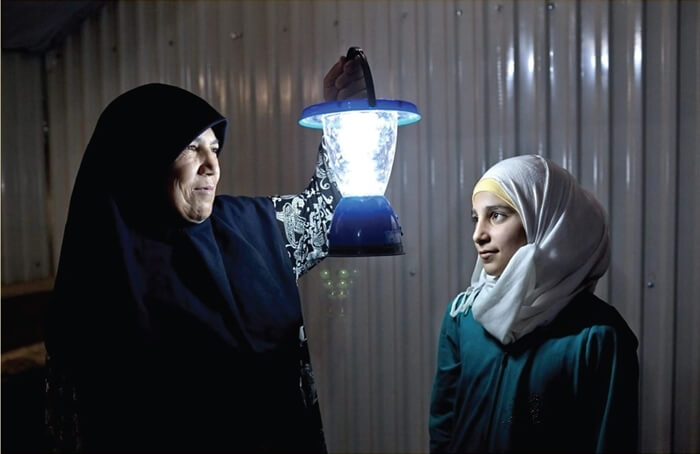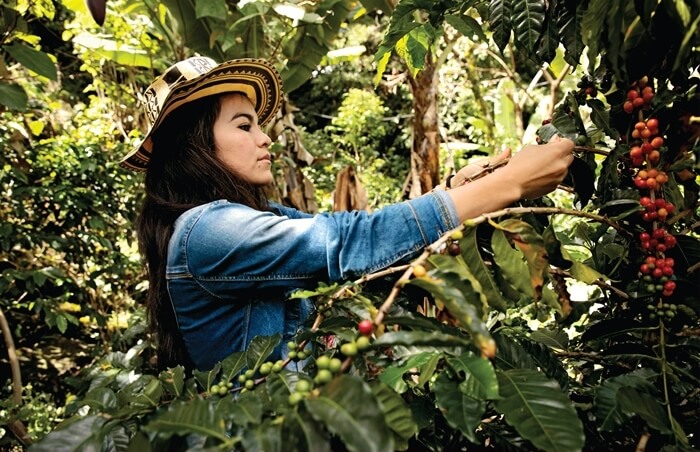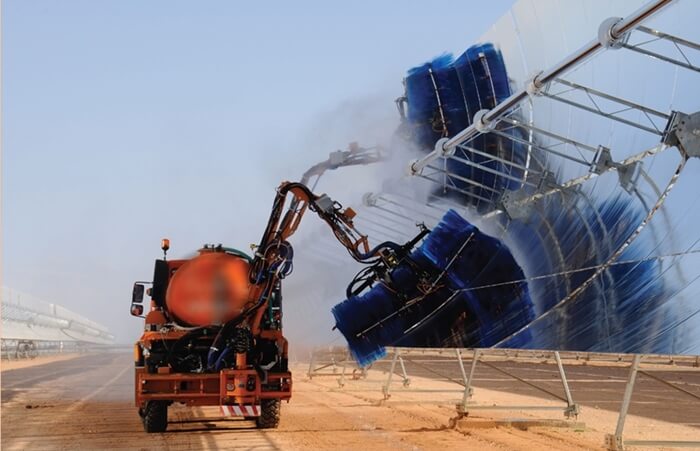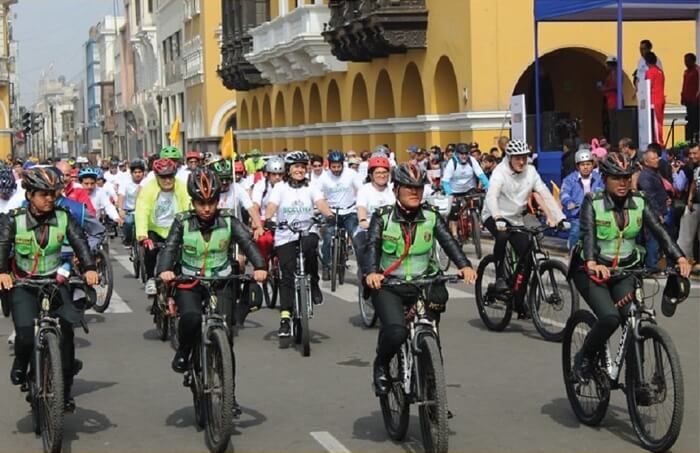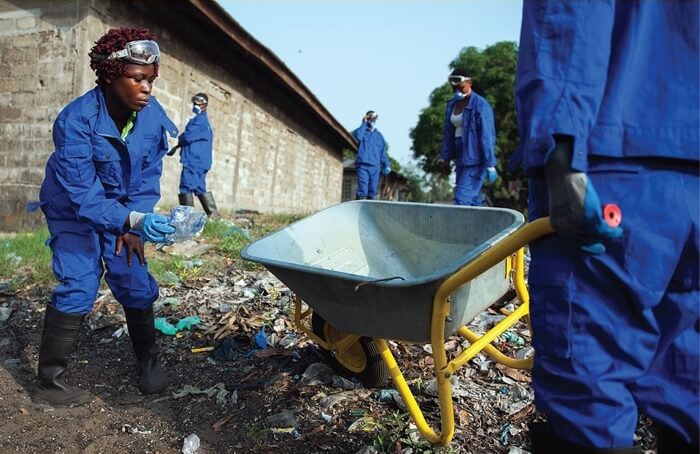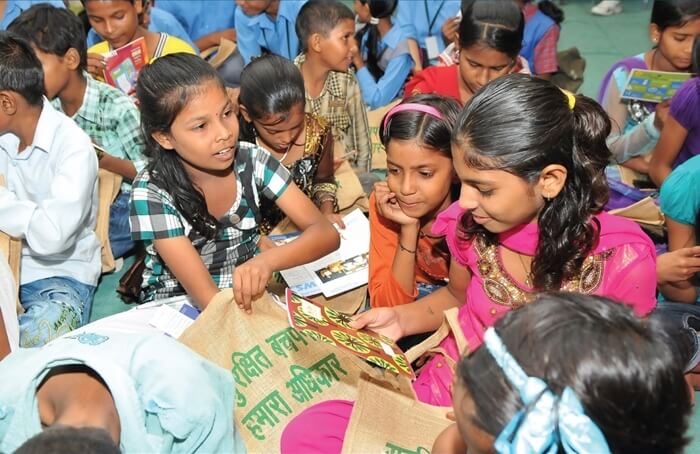Excerpt from The World Bank’s official blog
Kampung Mutus is a fishing village on the Raja Ampat islands, in the eastern part of Indonesia. The village is famous for fish farming. The village was started in 1989 by a man of Chinese descent, named Ateng, who was searching for tongseng, or red grouper.
“It was my big brother who met with Ateng, he took him to Kampung Mutus. There were plenty of tongseng to find there. Eventually, the village became a fishing village because it fosters all fish caught in cages,” recalled Markus Dimara, Head of Kampung Mutus.
“These days, fishermen go out in the morning with twenty liters of petrol and go home with only ten fish. Some only catch two. The fish stocks continue to decrease as a result of unregulated fishing in the past,” he said.
Fisheries play an important role for the economy of Raja Ampat, as well as Indonesia’s economy as a whole. In 2019, the fishery sector in Indonesia contributed $27 billion to the national GDP, created seven million jobs, and provided more than 50% of the animal protein consumed in the nation.
Today, a number of challenges threaten Indonesia’s oceans and the lives and livelihoods of those who depending on them. Overfishing has taxed stocks, while the oceans themselves suffer from the degradation of one-third of the country’s coral reef and the increased presence of marine plastics. Half of the area that supports the crucial mangroves is in a degraded condition.
Despite these conditions, there is still hope for the earth and for people in the eastern seas of Indonesia.

Island Innovation is a social enterprise and digital media company at the intersection of sustainable development and communications, offering specialised services across various sectors. We bring together the private sector, government, utilities, NGOs and universities to advance innovation for sustainability and prosperity in islands worldwide.









